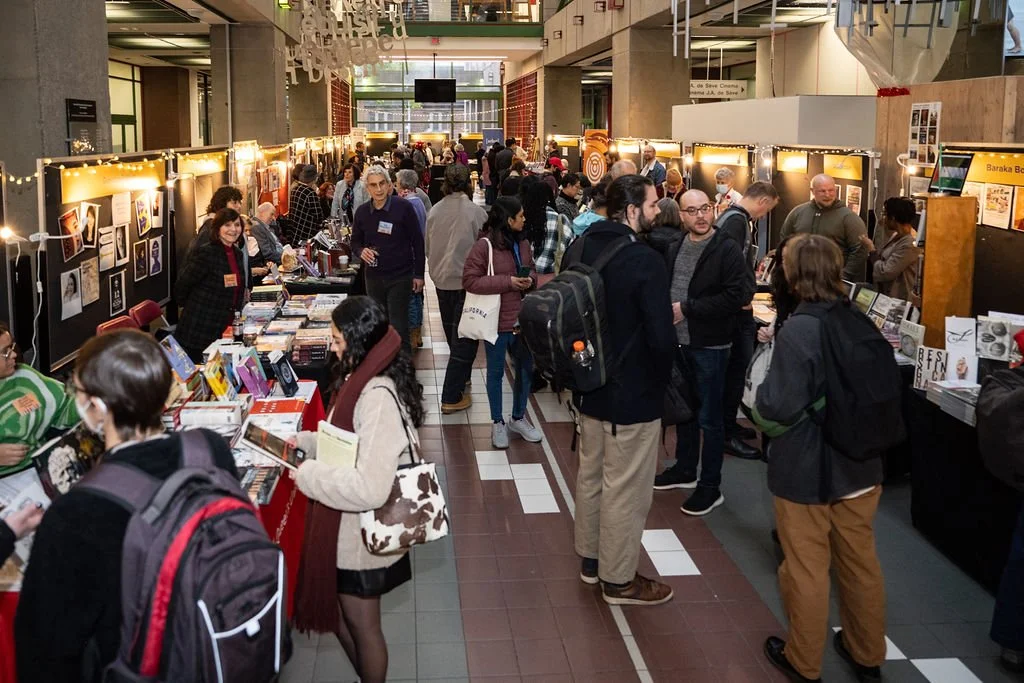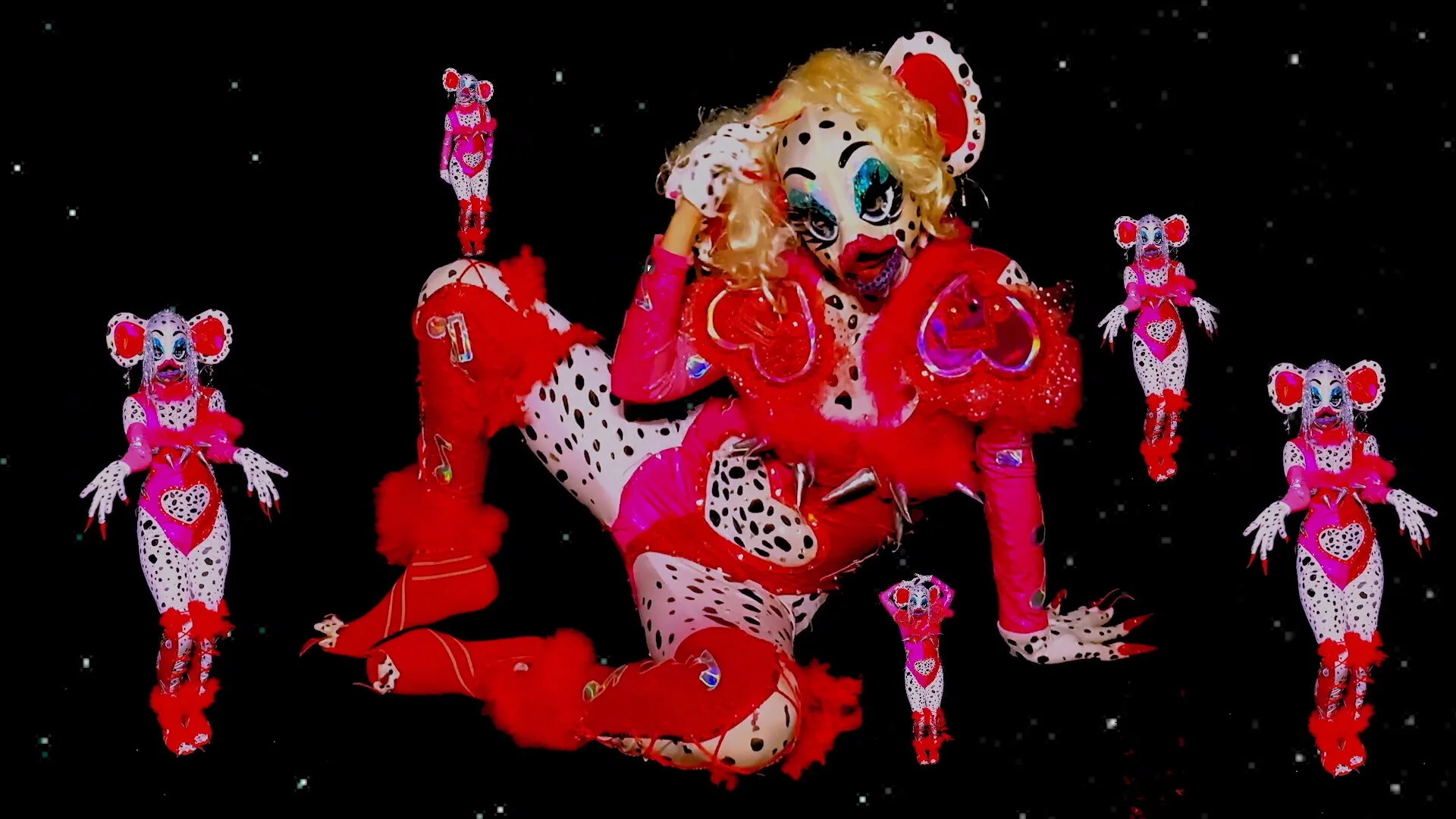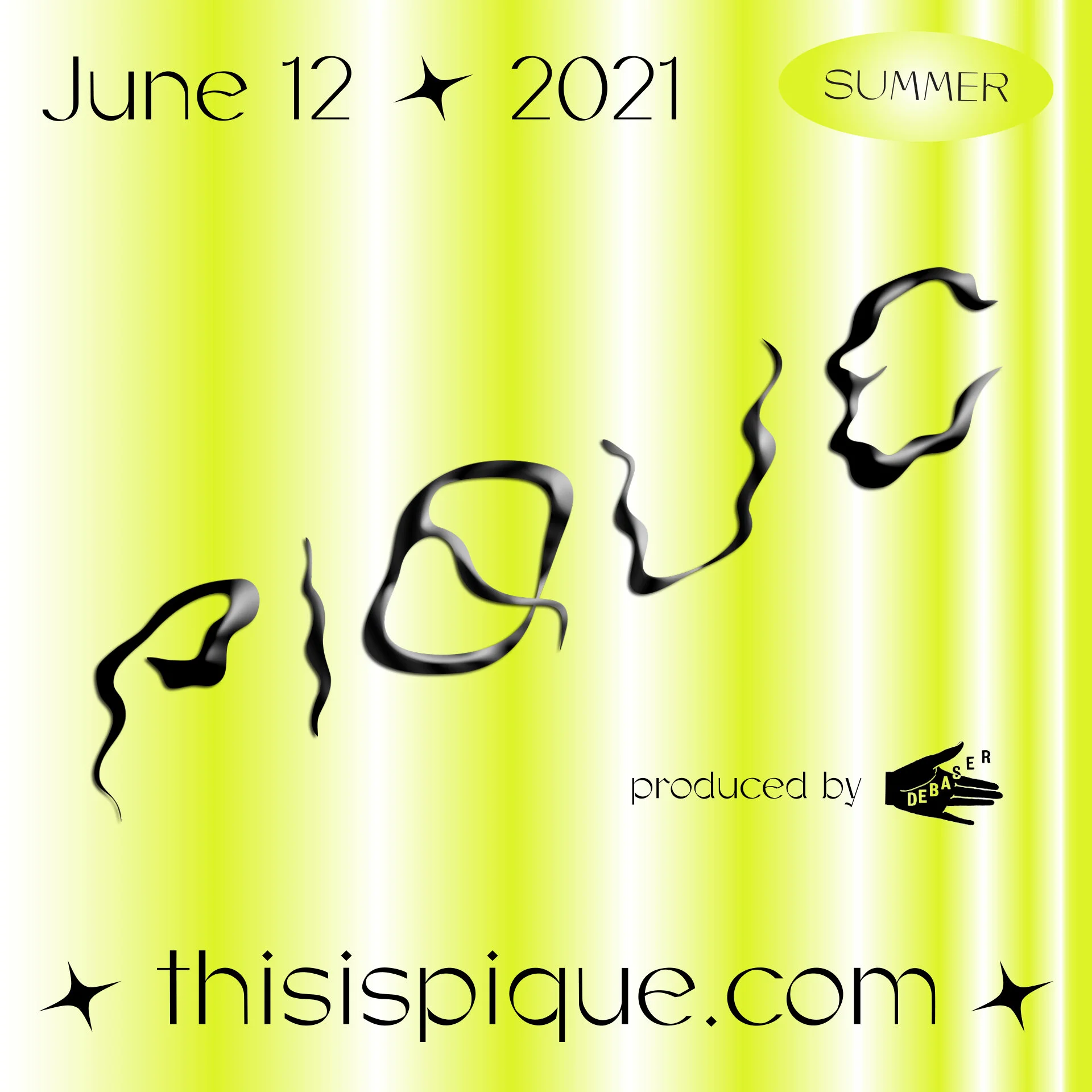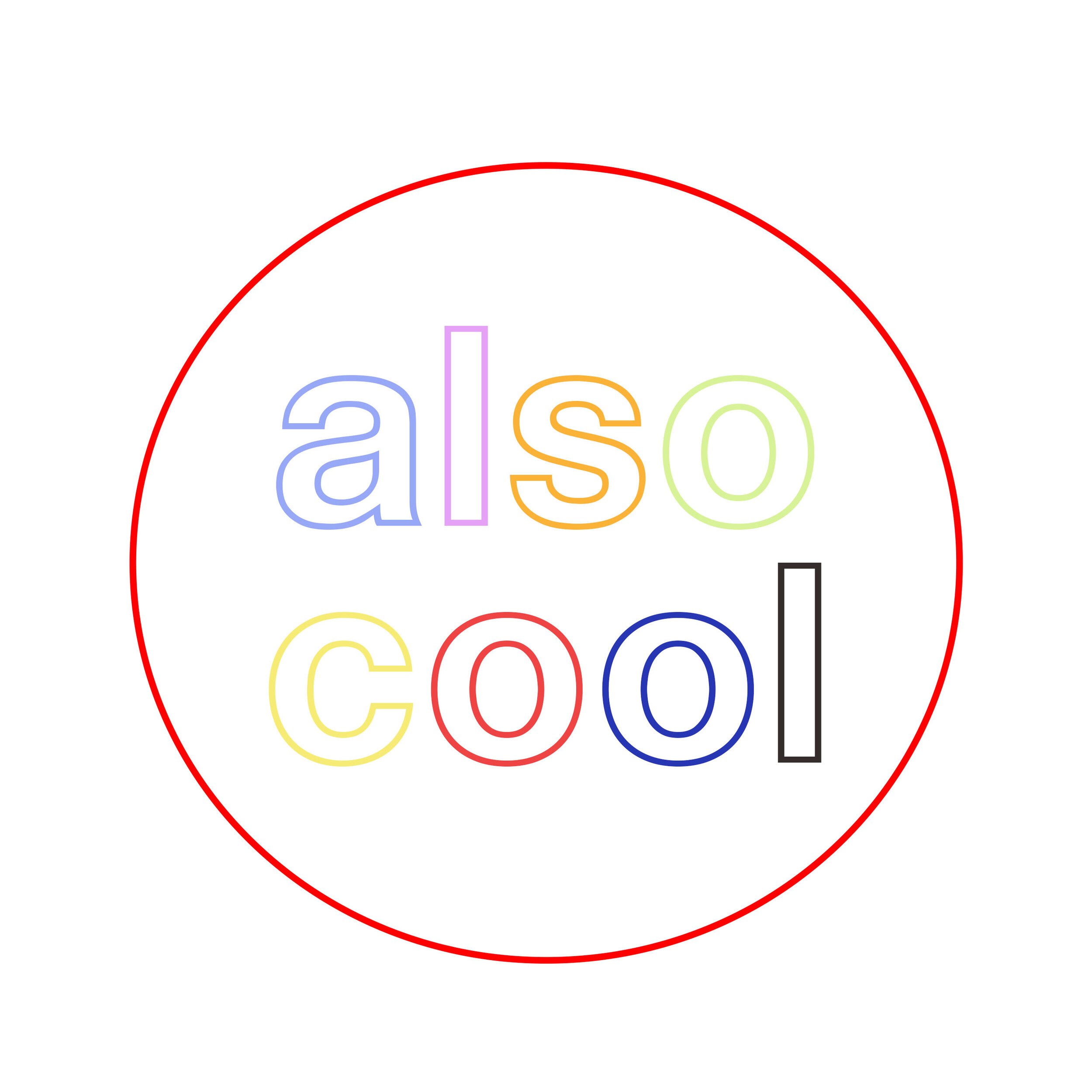Fictional Gender Expression: Social Media Film Critique and Womanhood on Camera
Illustration by Sierra McLean
My friends who talk about their boyfriends are failing the Bechdel test. A girl I know stops wearing red lipstick because she believes she’s dressing for the male gaze. “The female gaze is more the way Tom Holland looks at Zendaya”, says an innocent TikTok comment. Slowly yet surely, the woman is turning into a product.
In 2023, the Bechdel test doesn’t need an introduction. Originating in Alison Bechdel’s “Dykes to Watch Out For”, and originally meant to criticize the alienation of queer women in media, the test asks the audience to consider whether the movie they’re watching has at least two female characters who have a full conversation about something other than a man. Although Bechdel herself stated that her intention wasn’t for it to become a tool for analysis, the test quickly seeped into popular culture and became the staple for discussions on the intersections between gender and media. “It doesn’t even pass the Bechdel test” is a recurring anecdote within feminist movie critiques.
While the Bechdel test was particularly popular in casual feminist movie analysis from the 2000s to 2010s, it has slowly been fading into obscurity within the context of actual analysis and has instead become a punchline on social media. Searching for “the Bechdel test” on TikTok will most likely result in seeing two types of videos: attempts to actually analyze movies using the Bechdel test, or jokes about how getting fired by your female boss or being verbally abused by your mother all technically pass the test. Although not completely obsolete, the Bechdel test is now treated much less seriously than it was in the early 2000s.
With the Bechdel test’s tragic fall from grace, a new tool for determining a movie’s inherent feminist nature had to come into town. This time, the new it-girl of pop movie critique is the “female gaze”. The term “the male gaze”, from which the opposite “female gaze” has been coined, has been around for almost 50 years, coined by Laura Mulvey in her 1975 essay “Visual Pleasure and Narrative Cinema”; in the essay, Mulvey defines “the male gaze” as the way in which womanhood in cinema is often reduced to a spectacle for the pleasure of the male audience, rather than actually contributing to the storyline. When the term started being thrown around on TikTok, the context of film analysis became less relevant and was instead replaced with creators (mostly young women) applying the rules of the male and female gaze to their lives. It’s no longer just characters that can appeal to the male or female gaze; now the way you look, dress and act can all appeal to whatever imaginary audience you have.
Although I have thoughts about the validity of analyzing cinema through means such as the Bechdel test or the male vs. female gaze, that’s not what this piece is about. In the context of film analysis, any tool can be used efficiently and lead to interesting, productive discourse – and in a similar vein, those same tools can be reduced to their simplest interpretations and strip the work they’re meant to analyze of any nuance. What online creators seem to forget about, or not realize in the first place, is that humanity exists outside a screen, that screen being in the cinema or in your pocket.
Thanks to TikTok’s intriguing interface, in which the algorithmically set “For You” page takes the stage to the detriment of the user’s “Following” feed, anyone posting content can easily show up on anyone else’s feed. This, in comparison to other social media (at least before they all followed TikTok’s model), drastically increases the chances of a complete stranger observing a slice of your life – a few years ago, the chances of anyone outside of your following seeing a mundane post with no hashtags on your small social media account were miniscule, and now that’s just a regular Tuesday afternoon on TikTok for many. Your social media account is no longer a photo album for you and your friends to enjoy – it’s a stage in the middle of the market square, with you performing tricks, condemned to the attention of the passers-by. In other words, it’s the perfect environment to grossly misunderstand a feminist theory and turn womanhood (and livelihood) into a product.
Both the Bechdel test and the male gaze theory have gone through a sort of “Tiktokfication” – that is, they have both been watered down and applied to the context of real life, effectively stripping them from the reason they were useful in the first place. In a contemporary twist on Theatrum Mundi, the terms being used in the context of real people and their lives effectively equate the way regular people live their lives to performance. Coming-of-age under the observant lens of social media gives young people—especially young women—the sense that there is someone watching your every move, judging your every choice of dress and deciding what they think about your performance the same way they would when they’re watching a movie.
A quote often thrown around in the context of the male vs. female gaze is one by Margaret Atwood from The Robber Bride:
“Male fantasies, male fantasies, is everything run by male fantasies? Up on a pedestal or down on your knees, it's all a male fantasy: that you're strong enough to take what they dish out, or else too weak to do anything about it. Even pretending you aren't catering to male fantasies is a male fantasy: pretending you're unseen, pretending you have a life of your own, that you can wash your feet and comb your hair unconscious of the ever-present watcher peering through the keyhole, peering through the keyhole in your own head, if nowhere else. You are a woman with a man inside watching a woman. You are your own voyeur.”
Atwood’s metaphor continues to be relevant even 30 years after The Robber Bride has been published; in the eyes of TikTok creators, dressing and acting in a way that would appeal to “the female gaze” is the solution to that problem. However, doesn’t any gaze, regardless of its presumed gender affiliation, turn you into a character – something to be enjoyed and consumed, rather than someone with a life that waits to be experienced?
That’s exactly where the main issue with “the gazes” is rooted. Similarly to what Atwood hinted at in The Robber Bride, the past views on how women should dress, look and live were mostly meant to appeal to patriarchal standards of “what a woman should be”. Those standards changed over time, with the housewives of the 50s and 60s turning into the hot and exciting manic pixie dream girls, with Maria von Trapp turning into Ramona Flowers; nevertheless, their existence was tied to their Captains and Scott Pilgrims and their worth was judged by how well they served their narratives.
The TikTok trendsetters understand the issue with that; however, their solution isn’t much better. The “female gaze” trend calls to subvert the patriarchal expectations of womanhood, but it doesn’t ask the [person] to stop viewing their lives through the lens of someone else’s gaze completely — it merely asks the actors on the stage of life to watch themselves from the opposite perspective. It’s not a revolutionary act of freedom from catering to fantasies; it’s simply being moved to a prettier cage.
Fortunately for influencers, it’s easier to market and sell accessories to decorate your cage than keys and a map to navigate the road outside of it, and TikTok users are already used to being sold something immediately upon entering the app. As a result, everyone is satisfied — TikTok viewers who want someone to tell them how to dress, TikTok creators who want to tell others how to dress, companies who want an easy roadmap on how to cater to young audiences.
A switch from dressing “for the male gaze” to “for the female gaze” or analyzing whether your conversations pass the Bechdel test still equates womanhood to performance. Even if you are no longer a woman with a man inside watching a woman, you haven’t gotten rid of the watching – you’ve just gotten rid of the man.




































